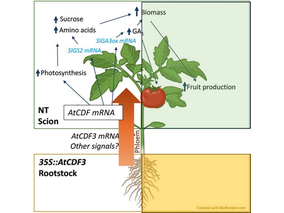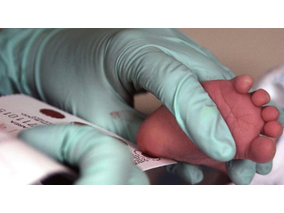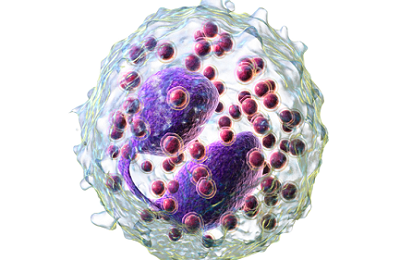The Hereditary Cancer research group of the Bellvitge Biomedical Research Institute (IDIBELL), Catalan Institute of Oncology (ICO) and CIBERONC, has just published an article in the journal Genome Medicine that provides new recommendations for the classification of variants in genes POLE and POLD1. Pathogenic variants of these genes in the germline cause a hereditary cancer and gastrointestinal polyposis syndrome, characterized by the appearance of tumors with a high mutational burden.
Since the initial description of this hereditary cancer and polyposis syndrome in 2013, the IDIBELL and ICO group led by Dr. Laura Valle has worked on its characterization from both a molecular and clinical point of view. The group has provided recommendations for genetic testing for POLE and POLD1 and for clinical follow-up of carriers. However, the correct classification of variants in these genes is particularly complicated due to the unique nature of these genes and their pathogenic variants associated with cancer. Without going any further, the misclassification of variants would lead to an incorrect interpretation of the results of genetic tests, affecting the patient’s clinical advice and follow-up.
The new classification recommendations are based on general guidelines for the classification of variants, following international standards and principles.
Dr. Laura Valle, principal investigator at IDIBELL and leader of the project, indicates that: “Our objective is to serve the clinical and scientific communities by improving diagnostic performance and avoiding erroneous classifications of variants. “We believe these new recommendations will contribute significantly to this effort.”

The research team observed changes in head circumf...

AtCDF3 gene induced greater production of sugars a...

Un estudio con datos de los últimos 35 años, ind...

En nuestro post hablamos sobre este interesante tipo de célula del...

La revista ‘Nature Protocols’ selecciona esta técnica como “pro...
Biotechnology portal in Spain
Subscribe to our newsletter and stay up to date with the latest news and deals!
2013 © Biotech-Spain.com - Site Developments SL. All Rights Reserved. Terms of Service | Privacy Policy
Articles
Directory
